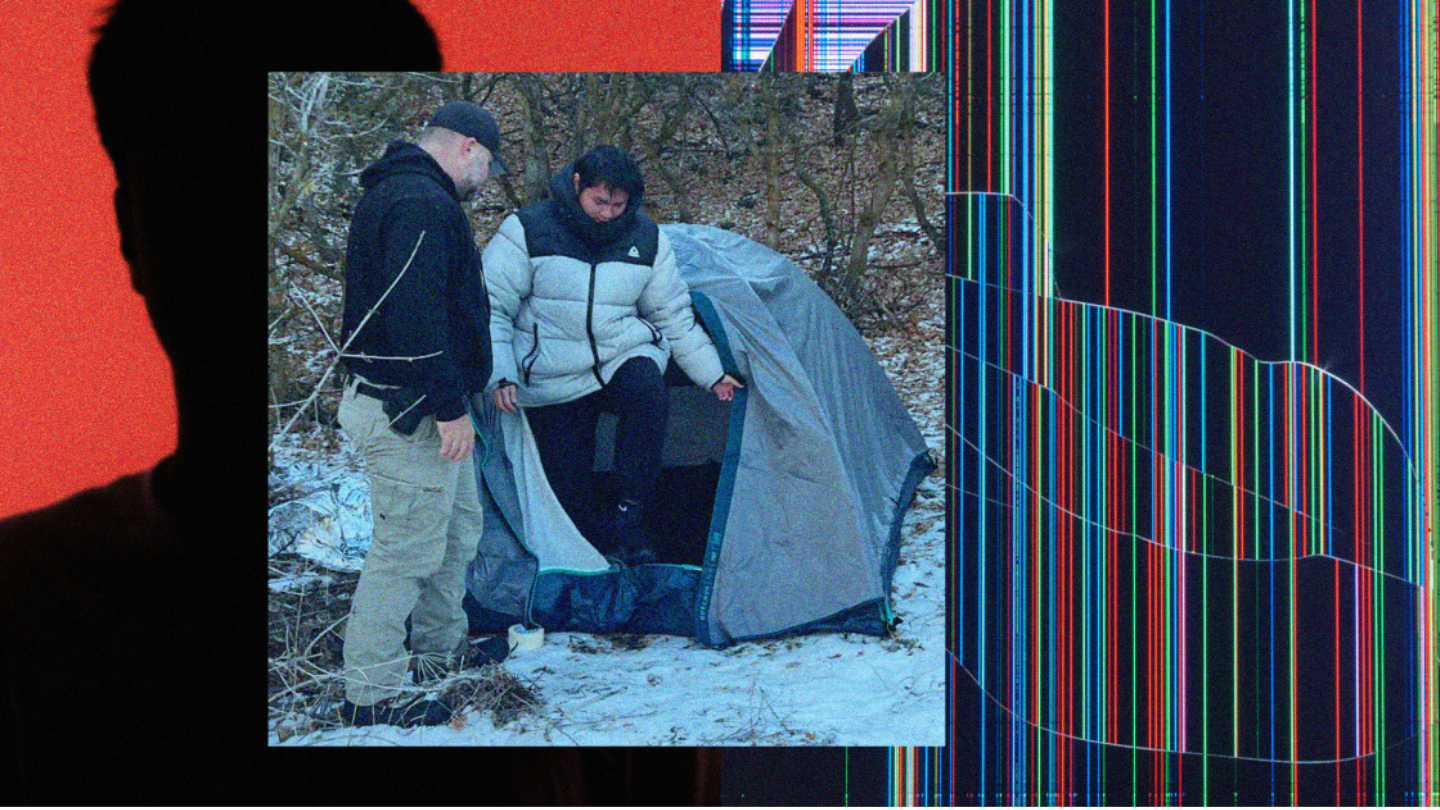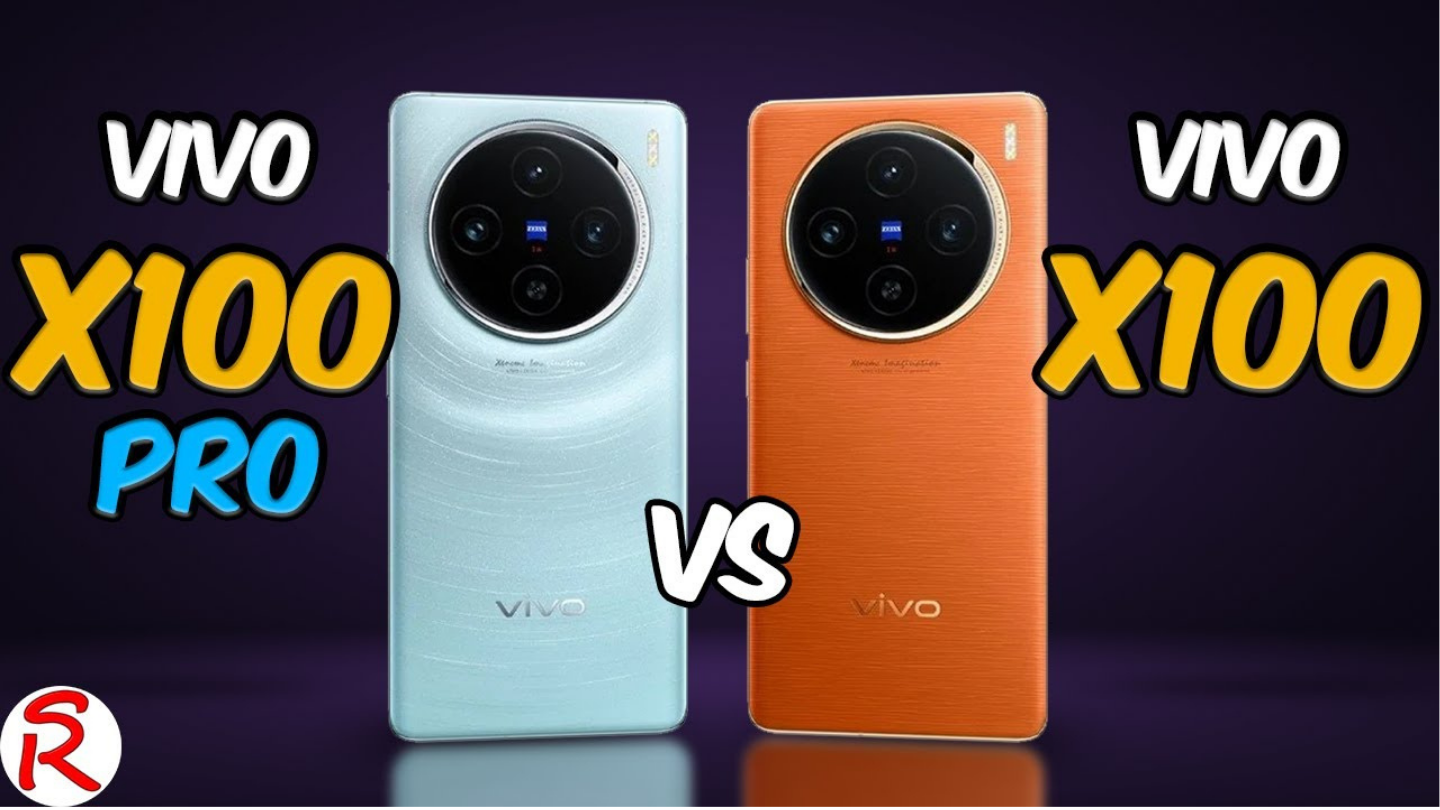In 2023, there weren’t any bad cameras launched by the big names in the photography world, but there were a couple of launches that immediately caught my eye and made me wonder: ‘Really?’ At the top of that list was Canon’s EOS R100 and not far behind was Sony’s ZV- 1 II. There was also the diminutive Fujifilm, which is a sweet little camera, but it’s not great at all.
When I first reviewed the EOS R-100 in May, I called it ‘out of touch with the masses’. It’s a bit of a tongue-in-cheek statement for a beginner-level, mirrorless camera with a fixed rear LCD screen that doesn’t have a touch function. You can’t tilt the screen for selfies or even use the touch interface on the screen.
That’s why the 2023 EOS R-R100 feels backward.
The EOS R100 is not a bad camera, as the 24MP sensor is the same as the pricier Canon cameras such as the EOS 50D and Canon EOS R10. The EOS R10 is our best mirrorless camera of all time for beginners. However, for the intended audience, I can’t recommend this camera sensibly due to its handling issues. Instead, I would recommend the pricier Canon EOS 50D/EOS R50/EOS R10/EOS M50 II/EOS 2000D entry-level models. These alternatives have more advantages at the time of writing.
Canon EOS R100 – why so bad?
The Canon EOS R100 isn’t Canon’s cheapest RF-mount camera, but it’s also not Canon’s most expensive, either. It’s packed with APS-C sensors, just like Canon’s other entry-level cameras (the EOS R10, the EOS R50), and it’s generally pretty good on image quality. Unless, of course, you’re shooting video. The EOS R100’s 4K video resolution is 1.55x, which means you can’t shoot wide angle. This is an incredibly dated video spec (the same as Canon’s EOS M50), and you’re probably going to get better video quality from your phone (at least until Canon starts shipping higher quality RF-S lenses).
Theoretically, you’ll get the same image quality with the R100 as you would with an EOS R camera, and in some cases, Canon’s new lens mount is better than its older M-mount/EF-S mount systems. But the handling feels like it’s at least ten years old, and picture-making will often be more of a challenge.
If you’re looking for a camera that’s a little more budget-friendly, you’re going to want to check out the EOS 50. It’s got the articulating touchscreen you’ll find on the R100, plus it’s got better 4K video than the R100.
In 2023, you can’t look past the EOS 50 to find a more compelling option than the R50. That’s true even if you’re still looking for a camera with an EOS M-M series.
I said that the R100 should follow the design philosophy of EOS M200, which is a compact interchangeable lens camera that has a good flip-up touchscreen but no viewfinder. Its handling could be better but it’s much better for beginners. Instead, it’s a DSLR from the past and there’s just not enough to make it stand out. I’d even go so far as to suggest an entry level DSLR like the new Rebel T7i/EOS 2000D instead of the R100. You get a better lens selection and optical viewfinder for an alternative experience in this digital era.
Is there any saving grace for the EOS R100?
The EOS R100 was also a bit expensive at launch, which didn’t help matters. During the Black Friday sales and now into the festive season, the camera is on sale at a much lower price. At this writing, the camera is available with the 18-45mm RF-S lens for $499 on Amazon in the US, or £499 on Amazon UK.
There is still no native prime lens in the range with wide-apperture for shallow depth-of-field shots (although you could sensibly opt for the small RF28mm F2.
While the availability of RF-S lenses has been a source of concern, at least there has been some movement. These concerns could be quickly alleviated if Canon opens up its mount to third party lens makers, which could happen as early as 2024. There has been a constant push for Canon to do this.
The EOS R100 is currently in good supply, which is something we can’t say for many of the cameras listed as “out of stock” or “reserved”. You can call it what you will! Maintaining the low price and offering a better lens selection will greatly increase the appeal of the new EOS R100, but it won’t do much to change the dated look of the camera.
Other dishonourable mentions
As the successor to our top-rated Vlogging Camera (ZV-1), Sony’s ZV- 1 II is a far cry from its predecessor (EOS R100). It may be a new breed of camera for vloggers, but it hasn’t made much progress compared to the R100.
It’s no surprise, then, that Sony’s second-generation Vlogging Camera isn’t doing as well as its predecessor. After all, the ZV1 was one of our best Vlogging Cameras of all time, and it even came with one of the users’ top wishes: a wider-angle lens. So, you’re probably wondering, “Where does this leave us?”
Well, you’ll see where we’re going with this one. Sony took a big step forward with the ZV1 II by adding a wider lens, but at the same time, they dropped out of the game when it comes to In-Body Image stabilization and effectively killed off the wider lens benefit of this pocket vlogger’s camera. Not only that, but it costs more, and we can’t
I’m a fan of the Instax Pal. It’s cute, unique, and a pocket full of fun. I’ve seen the Instax Pal described as a ‘pocket-sized camera’, and I’d say that’s true. However, technically speaking, the Instax Pal is a basic camera that can only be described as ‘poor quality’. In addition, it has the potential downside of emphasizing how good the Instax mini Link printers are at the expense of the Instax cameras, but I think there is enough in the Instax Pal’s favor that it should appeal to children and families.











